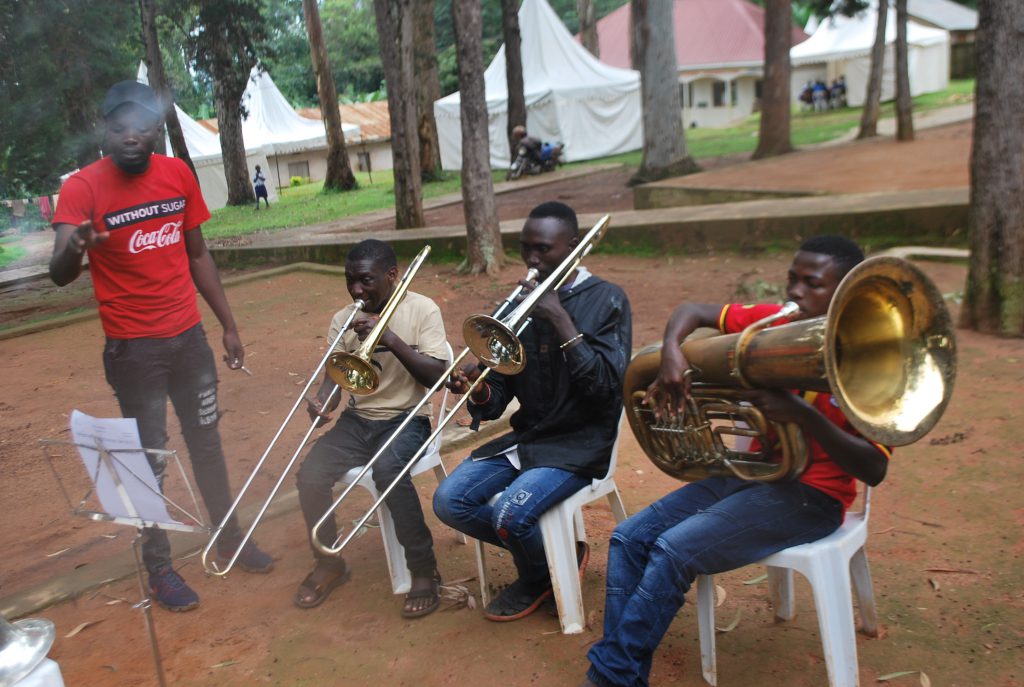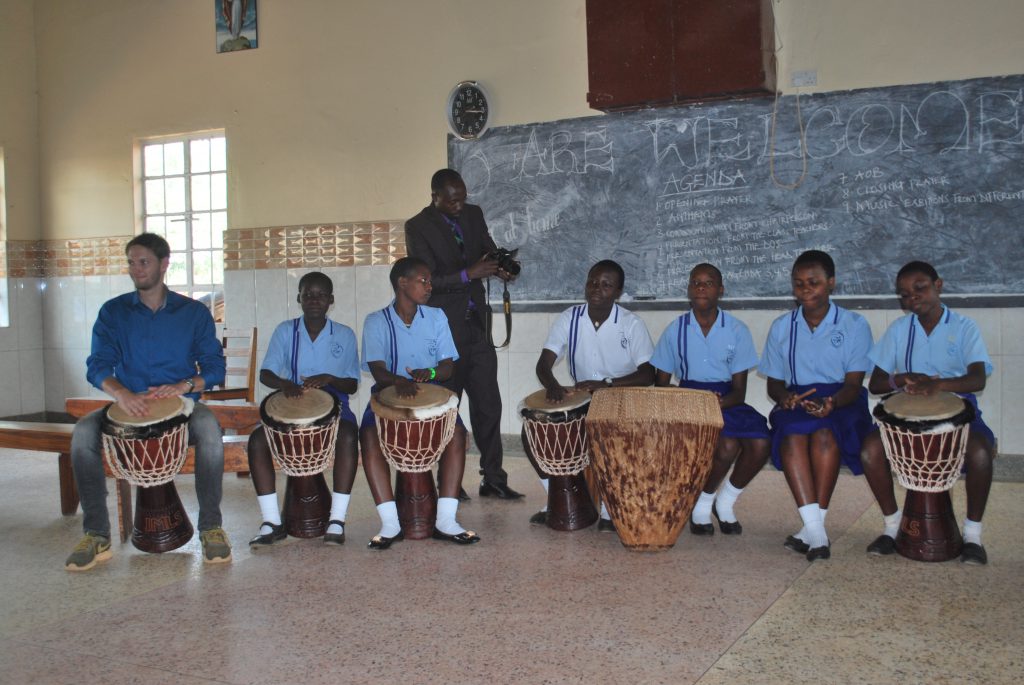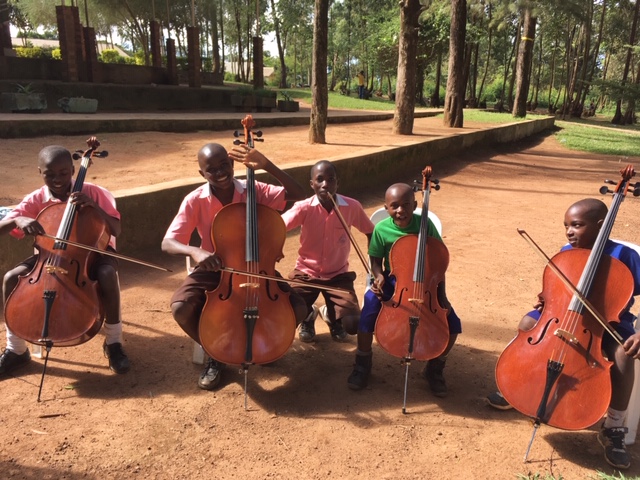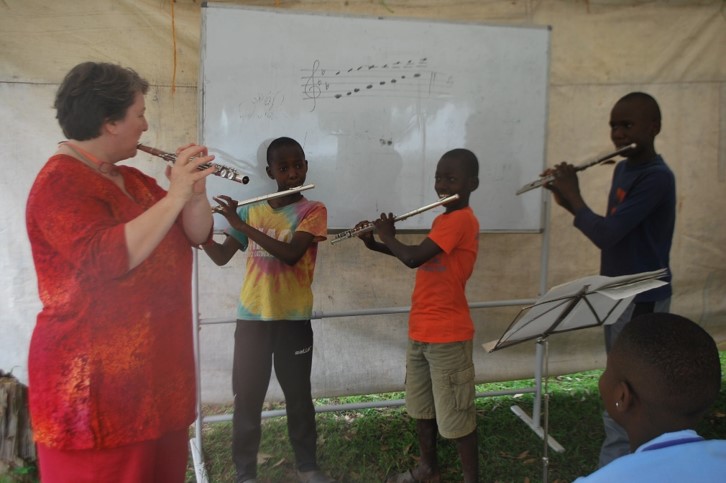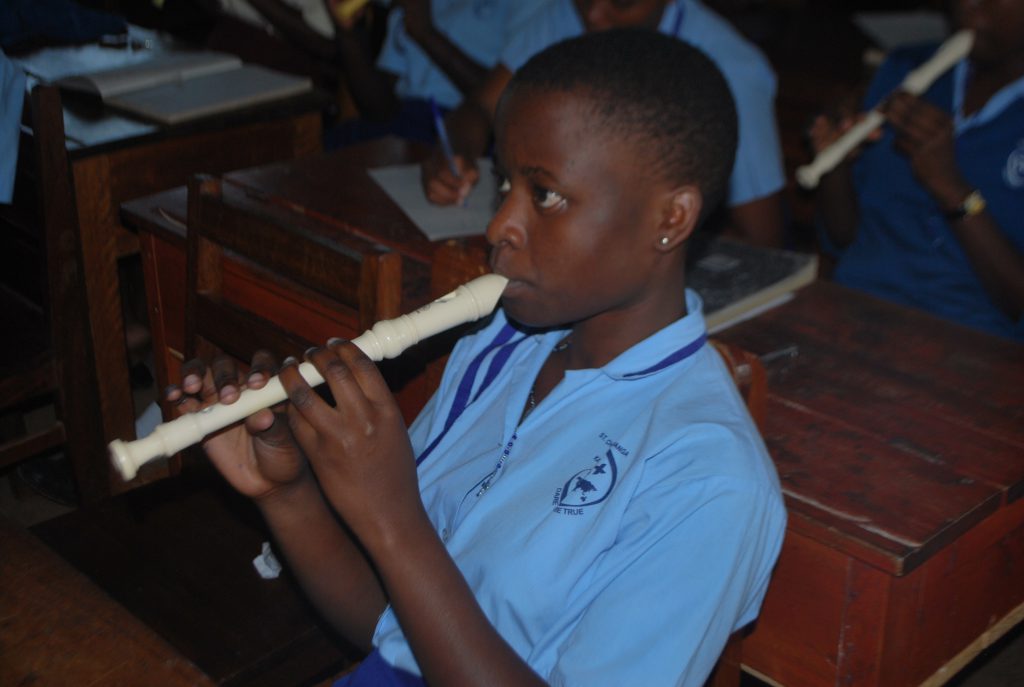Trombone
This is one of the brass instruments which uses slide positioning and air flow through the instrument by vibration of the lips. It slides to change position and pitch of sound from low to high. It is an accompanying instrument and at the same time a melodic instrument. It is played in orchestra, matching bands, […]

